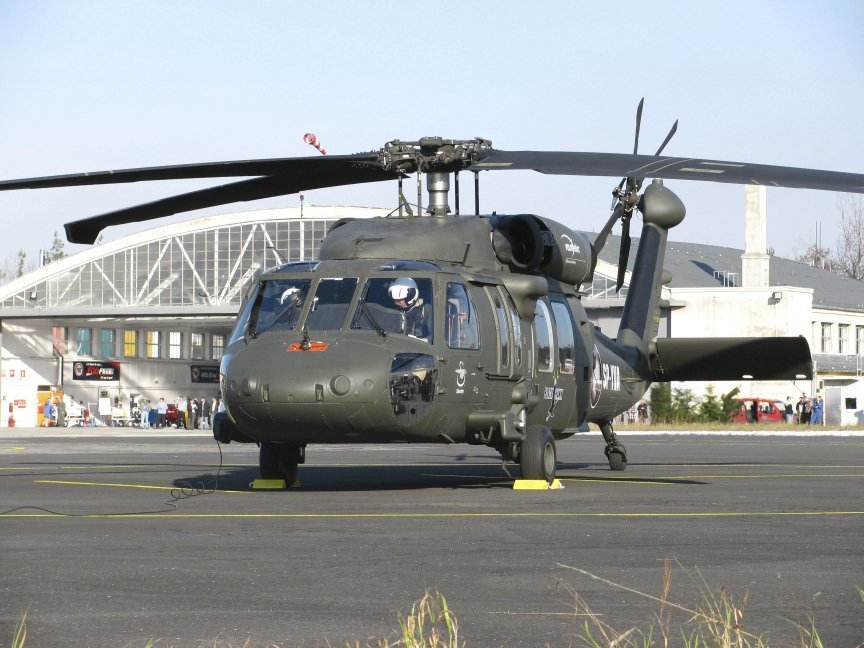Modernized Vertical Lift System With Advanced Composite Structures and Enhanced Precaution
In the realm of upright lift systems, a considerable shift towards innovation has actually been observed, driven by the integration of sophisticated composite frameworks and heightened precaution. These enhancements stand for a pivotal development in the design and performance of lift systems, promising increased efficiency and integrity across different sectors (sikorsky s 70). As sectors strive for greater operational precision and safety criteria, the utilization of composite products and advanced safety functions has actually come to be paramount. In checking out the convergence of modern technology and safety and security in modern-day lift systems, an engaging story emerges, showcasing the potential for transformative improvements that satisfy the ever-evolving requirements of industrial industries.
Advancement of Vertical Lift Platforms

The evolution of upright lift systems can be traced back to fundamental pulley systems and early lift layouts. Over time, technologies such as hydraulic systems, electric motors, and advanced control mechanisms have actually significantly enhanced the effectiveness and safety and security of these platforms. Suppliers have likewise concentrated on improving the security, reach, and load-bearing capacities of upright lift systems to meet the varied requirements of various industries.
In addition, the assimilation of wise modern technologies like sensors, IoT connection, and automation attributes has better transformed the capacities of modern upright lift platforms. These technical improvements not just boost functional efficiency but also ensure enhanced safety and security requirements for workers making use of these platforms at different elevations. The continuous development of upright lift platforms emphasizes their crucial duty in enhancing upright flexibility throughout markets.
Integration of Advanced Compound Frameworks

Furthermore, making use of advanced composite materials permits for even more complicated and maximized structural styles, making it possible for engineers to customize the system's buildings to satisfy certain efficiency demands. This customization can result in enhanced aerodynamics, reduced vibrations, and boosted general safety during operation. The combination of advanced composite structures likewise contributes to a decrease in upkeep expenses and downtime, as these products display excellent resistance to ecological aspects and have a longer service life contrasted to conventional materials. In general, the consolidation of innovative composite frameworks in modern-day vertical lift systems stands for a substantial development in aerospace technology, resulting in much more efficient, reliable, and much safer airborne transportation systems.
Enhanced Precaution Execution
Applying improved safety steps is necessary in ensuring the optimum efficiency and dependability of modern vertical lift platforms. These actions include a variety of strategies aimed at mitigating risks and boosting total security criteria. One key element of improved safety and security procedures is the integration of advanced sensing unit modern technologies to keep track of numerous criteria in real-time. By using sensors for features such as structural health tracking, tons tracking, and environmental noticing, prospective hazards can be determined early, permitting aggressive maintenance and restorative actions.

Industry Applications and Advantages
With innovations page in innovation and design, updated upright lift platforms have actually located diverse applications throughout different sectors, offering considerable benefits in efficiency and performance. The building and construction industry benefits from upright lift systems by enabling employees to access elevated locations safely and effectively, improving overall task timelines.
Furthermore, vertical lift platforms play a crucial function in the repair and maintenance of facilities such as bridges, high-voltage line, and structures, permitting technicians to get to hard to reach areas with convenience (sikorsky s 70). The air travel market additionally leverages these systems for airplane upkeep and assembly jobs, improving operations effectiveness and ensuring worker safety at heights. On the whole, the widespread adoption of modernized vertical lift platforms throughout markets highlights their adaptability and the substantial renovations they offer various operations
Future Trends in Lift System Technology
Incorporating advanced automation and intelligent attributes, lift platform technology is poised to reinvent upright transportation systems in the close to future. One key trend is the assimilation of Net of Things (IoT) innovation, allowing lift systems to connect real-time data for anticipating upkeep, optimizing efficiency, and boosting safety and security. Expert system and artificial intelligence algorithms are additionally being included to analyze patterns, forecast possible concerns, and boost efficiency. The usage of innovative products such as carbon fiber compounds is on the surge, offering increased resilience and stamina while decreasing total weight. Improved precaution, consisting of biometric authentication and emergency response systems, are becoming basic attributes to guarantee passenger protection. In addition, modular styles and adjustable setups are gaining popularity, enabling greater versatility to various settings and demands. As lift platform innovation proceeds to develop, these trends are established to shape the future of vertical transport, making it a lot more effective, safe, and easy to use.
Verdict
Finally, the up-to-date vertical lift system showcases the development of modern technology in the sector. By integrating innovative composite structures and enhanced precaution, this system uses raised performance and safety for various applications. The market can profit substantially from these developments, and future trends in lift system innovation are likely to proceed boosting upon these innovations for even greater success and effectiveness.
In the world of vertical lift platforms, a significant change in the navigate to this site direction of modernization has actually been observed, driven by the integration of advanced composite structures and heightened safety procedures. The constant evolution of upright lift platforms underscores their indispensable function in enhancing upright mobility throughout markets.

The incorporation of advanced composite frameworks in contemporary vertical lift platforms check this has actually dramatically improved their architectural honesty and efficiency capabilities. By integrating these sophisticated composites right into the style and building of vertical lift systems, suppliers can reduce overall weight, rise load-carrying capability, and improve the system's sturdiness and longevity.
Executing boosted safety and security measures is important in guaranteeing the ideal performance and integrity of modern upright lift systems.